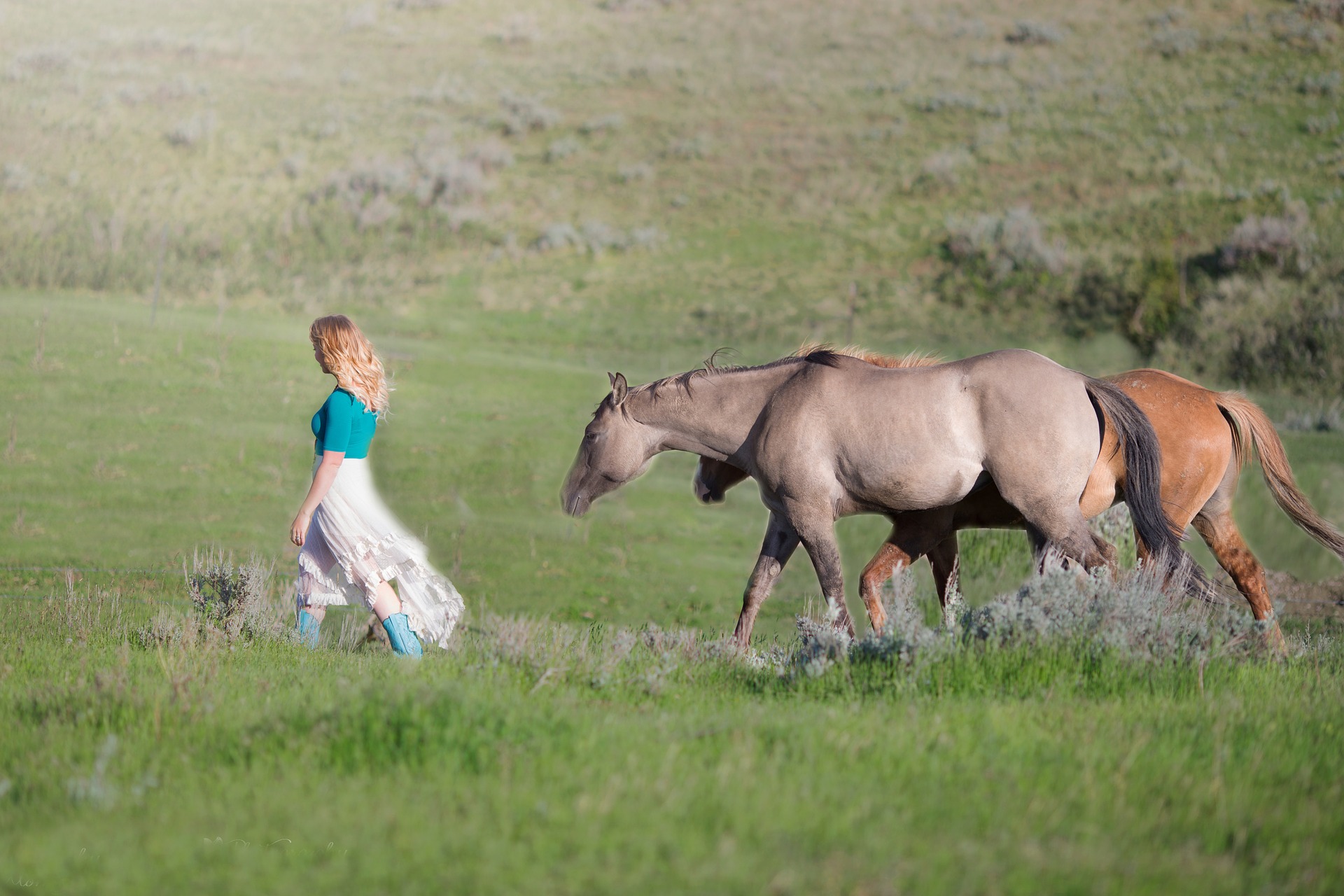Catching Difficult Horses in Pastures: A Comprehensive Guide

Catching a difficult horse in a pasture can be a challenging task for even the most experienced handlers. Horses that are wary, skittish, or simply uncooperative require patience, strategy, and understanding of equine behavior. This article explores effective techniques and tips to help you catch difficult horses safely and efficiently.
Understanding Why Horses Are Difficult to Catch
Before attempting to catch a horse, it’s important to understand the reasons behind their evasive behavior. Common causes include:
- Fear or Anxiety: Horses may associate being caught with unpleasant experiences.
- Lack of Trust: Horses unfamiliar with the handler or environment may be suspicious.
- Previous Negative Experiences: Past rough handling can make horses wary.
- Natural Flight Instinct: Horses are prey animals and may flee when approached.
Understanding these factors helps in tailoring your approach to each horse’s unique temperament.
Preparation Before Entering the Pasture
Preparation is key to success. Consider the following steps:
| Step | Description |
|---|---|
| Wear Appropriate Gear | Use sturdy boots and gloves for protection. |
| Bring Necessary Tools | Halter, lead rope, and treats can be helpful. |
| Observe the Horse | Watch the horse’s behavior from a distance. |
| Plan Your Approach | Identify escape routes and safe zones. |
Techniques for Catching Difficult Horses
1. Use Calm and Confident Body Language
Approach slowly, avoid sudden movements, and maintain a relaxed posture. Horses respond to energy, so staying calm can reduce their anxiety.
2. Utilize Food or Treats
Offering treats can build trust and encourage the horse to come closer voluntarily.
3. Employ a Catching Rope or Lasso
For very evasive horses, a catching rope can be used carefully to avoid injury.
4. Work with a Helper
Having an assistant can help corner the horse gently and reduce escape options.
5. Use a Round Pen or Smaller Enclosure
If available, guiding the horse into a smaller space can make catching easier.
Safety Tips
- Always be aware of the horse’s body language.
- Avoid chasing the horse, which can increase stress.
- Keep escape routes clear for yourself.
- Never approach a horse from directly behind.
Frequently Asked Questions (FAQ)
Q1: How long does it usually take to catch a difficult horse?
A: It varies depending on the horse’s temperament and your approach, but patience is essential. It may take several attempts.
Q2: Can I catch a difficult horse alone?
A: While possible, having a helper is recommended for safety and efficiency.
Q3: What if the horse refuses to come near?
A: Try to build trust over time with consistent, calm interactions and use treats or familiar scents.
Conclusion
Catching difficult horses in pastures requires a blend of patience, understanding, and technique. By preparing properly, using calm body language, and employing strategic methods, you can improve your chances of success while ensuring safety for both you and the horse.
Would you like me to help enhance the tone or add more detailed case studies to this article?
